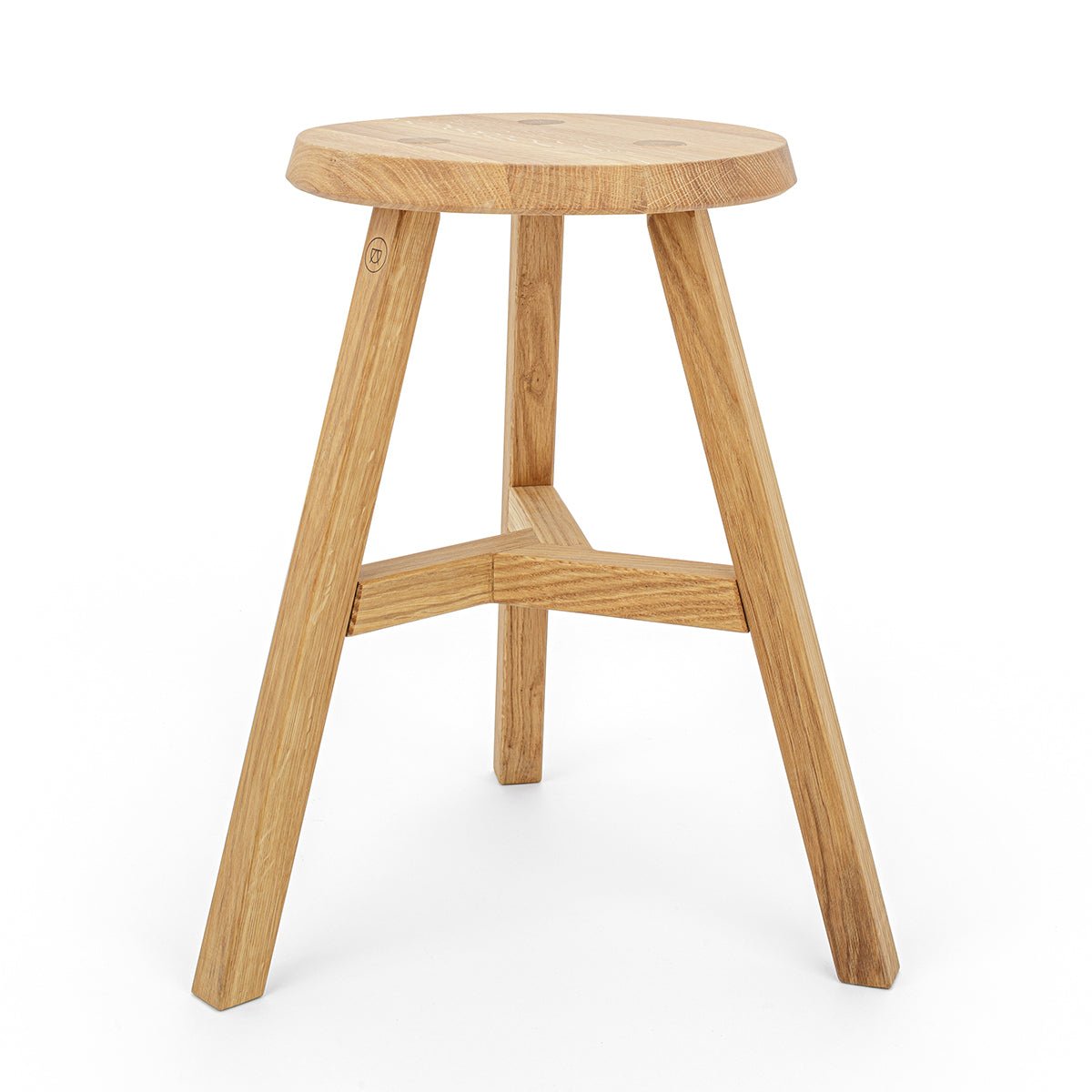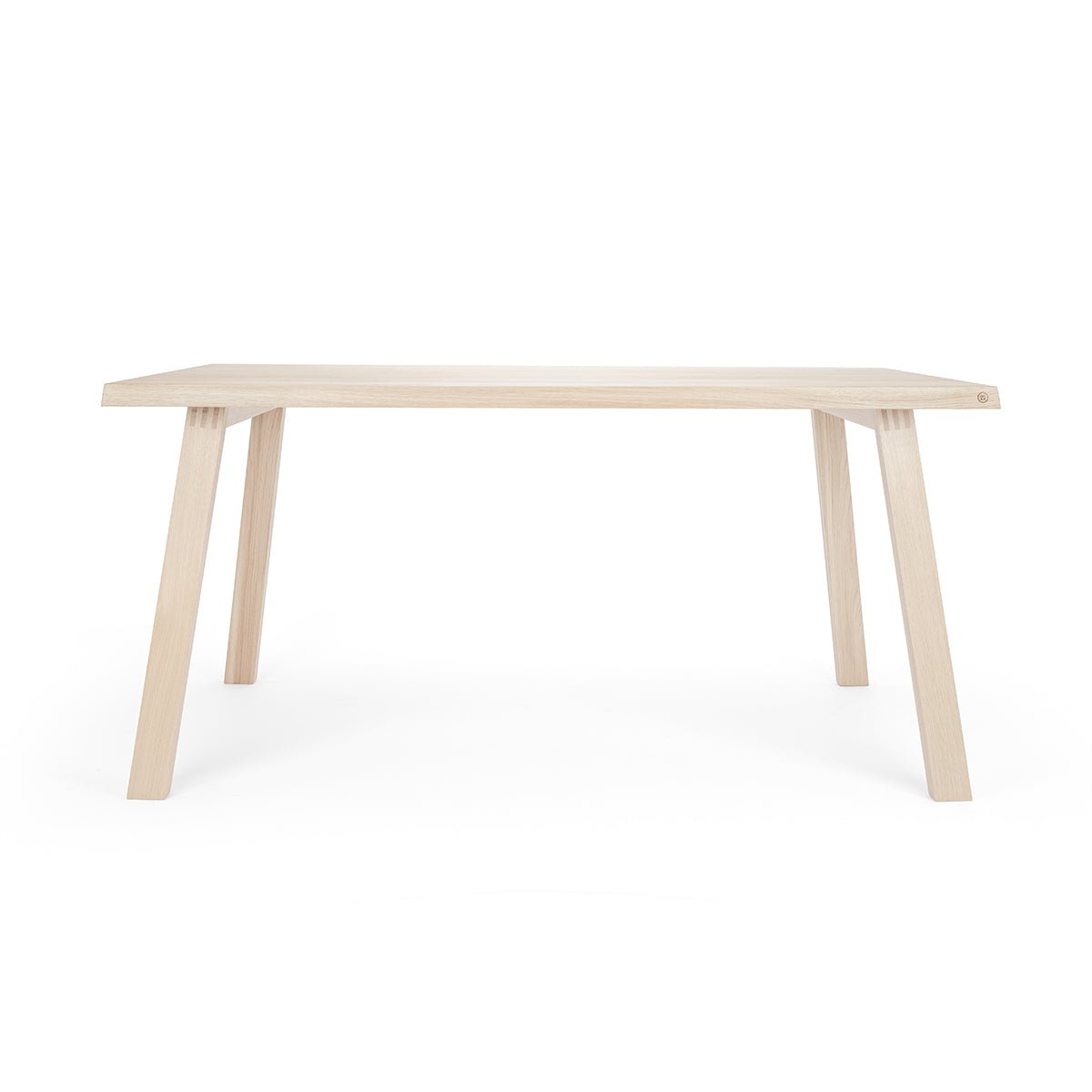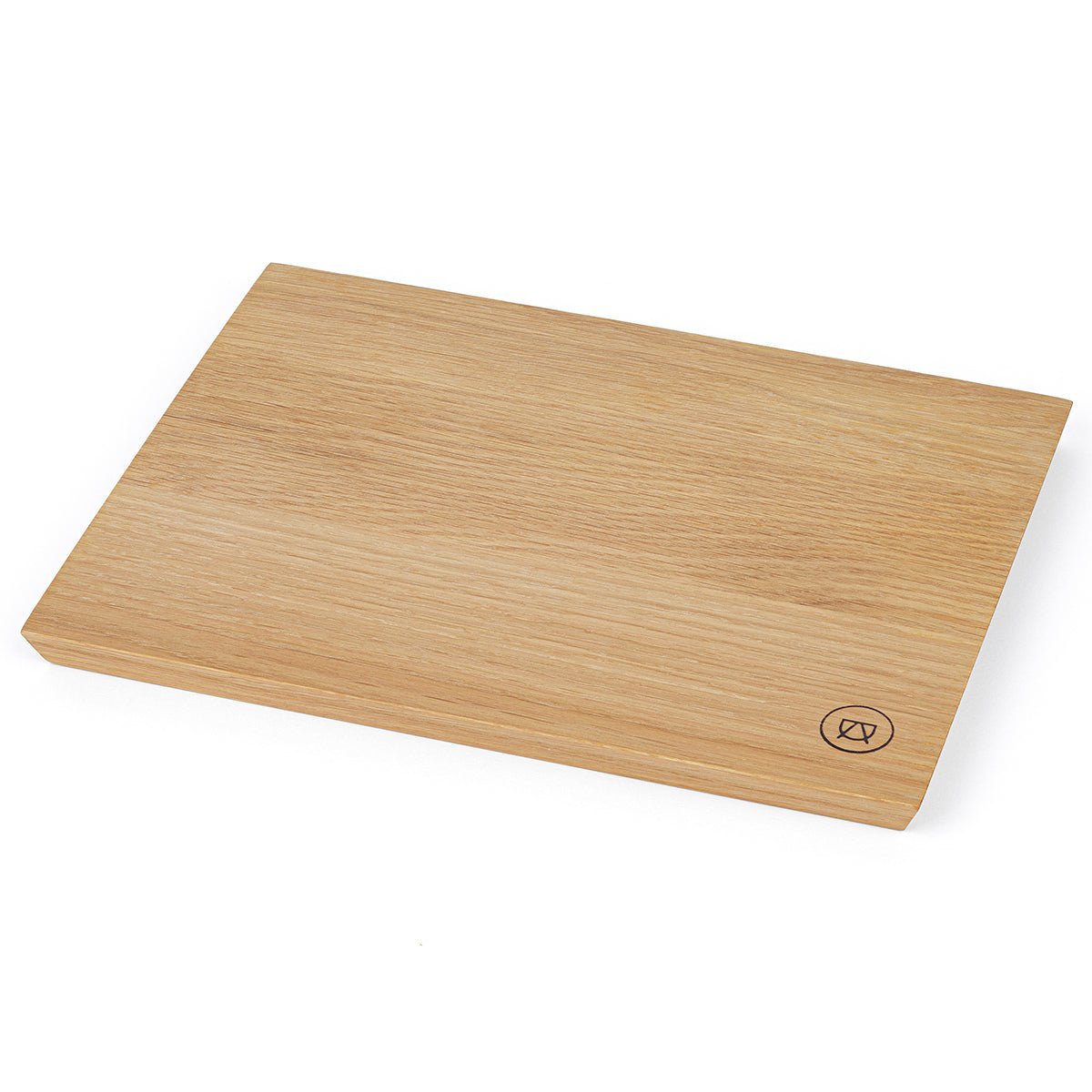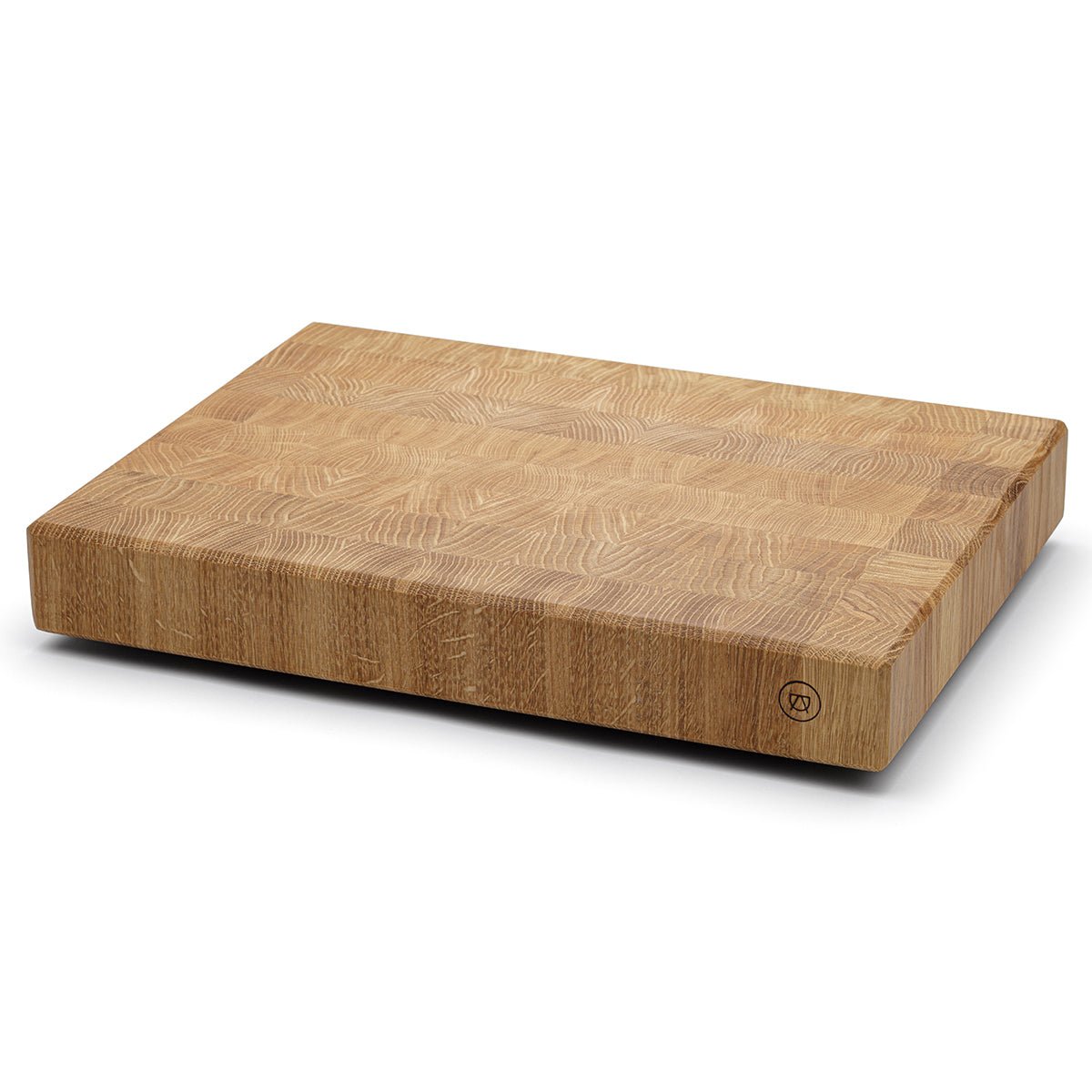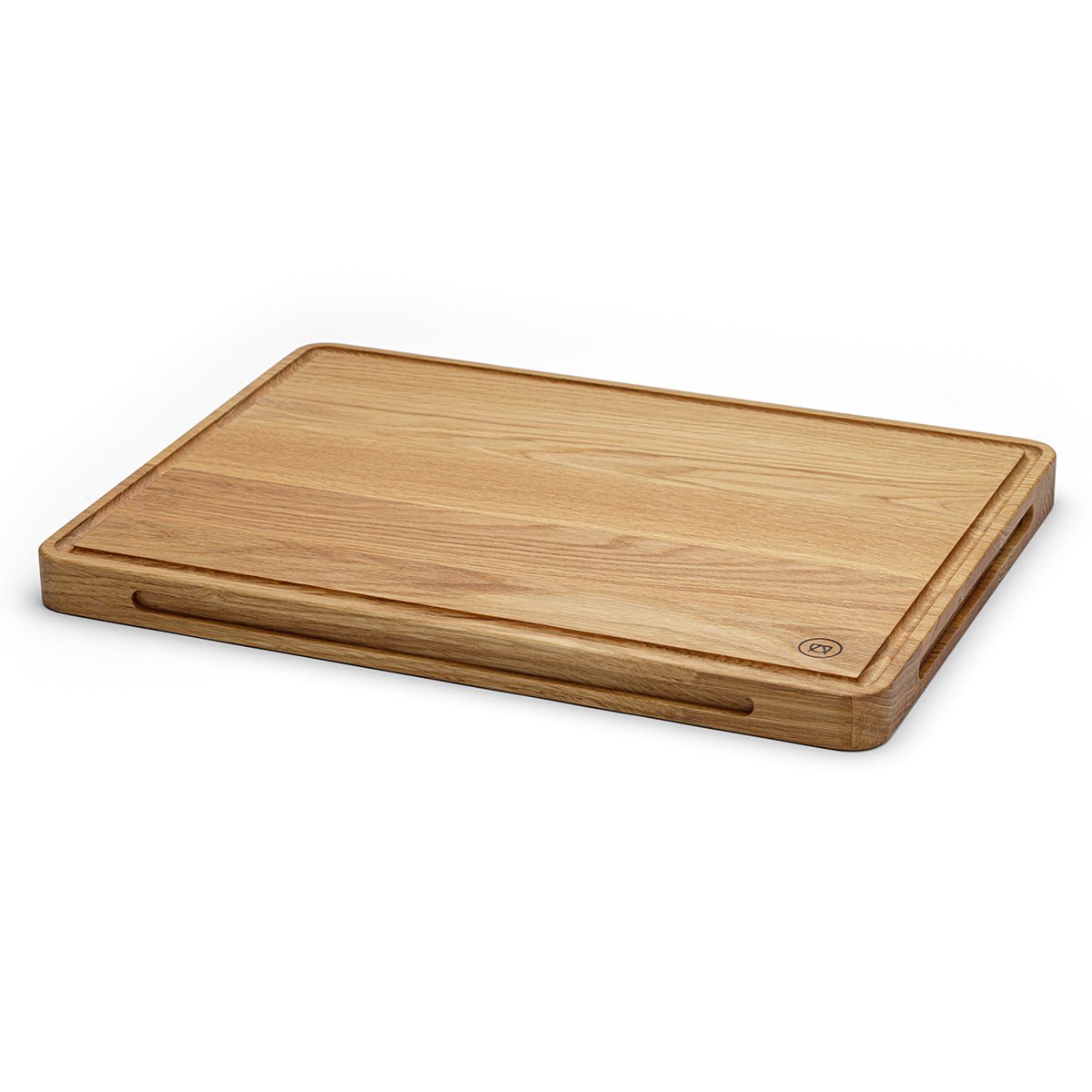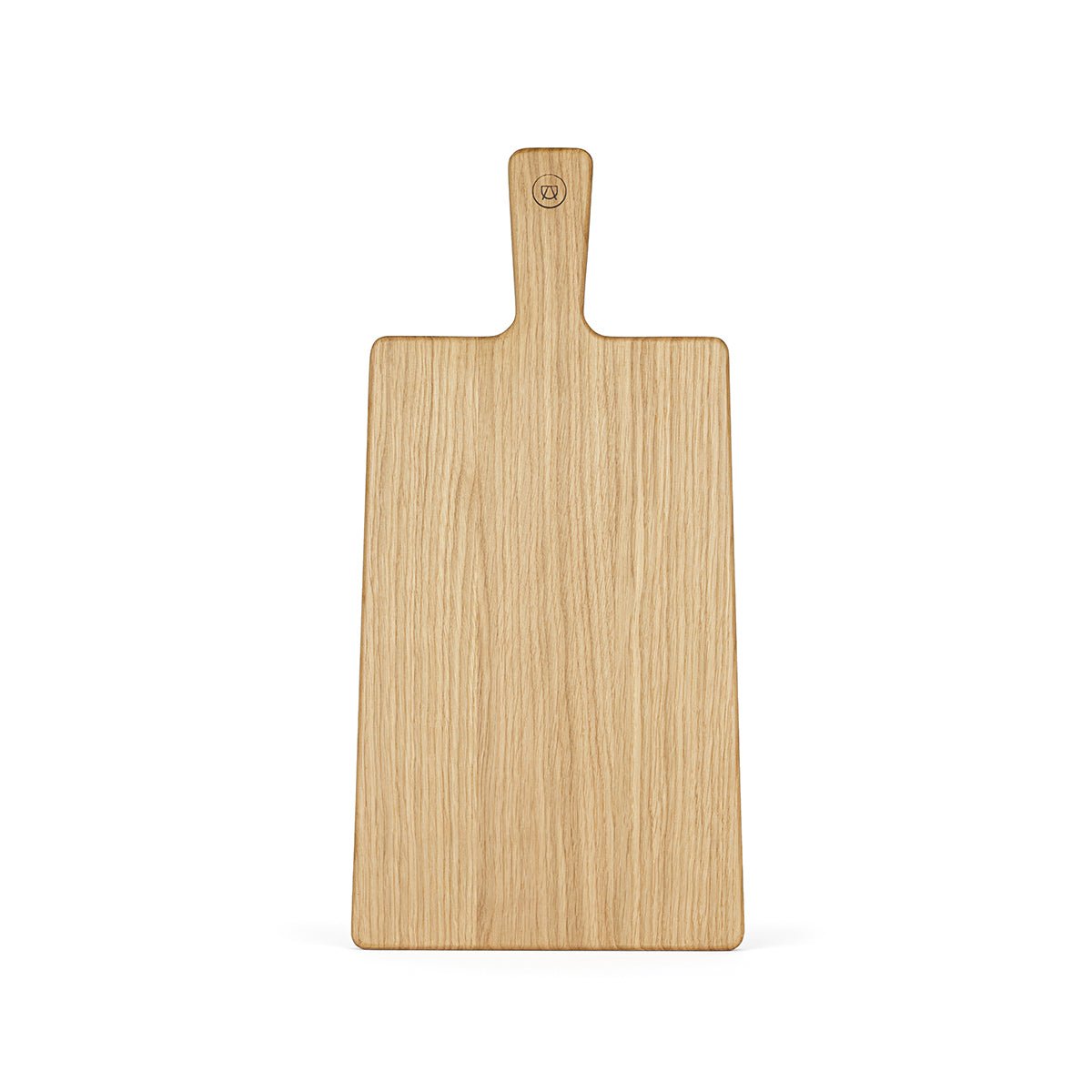- Startseite
- Blogs
- Dictionary
- Weather-resistant wood
Weather-resistant wood
Weather-resistant wood is a special type of wood that is particularly resistant to damage caused by weather conditions such as rain, snow, frost and UV radiation. This makes it a popular choice for outdoor use where it is often exposed to weather conditions.
There are different types of weather-resistant wood used for different purposes. For example, pine wood is often used as a weather-resistant wood because it is naturally resistant to pests and fungi. It is also a cheaper option compared to other weather-resistant woods such as teak or mahogany.
Another popular choice is red-treated wood. This wood has been treated with chemicals to improve its weather resistance. However, it is important to note that red-treated wood can change color over time, which can make it look less attractive.
There is also so-called "tropical" weather-resistant wood, which comes from tropical regions and is particularly resistant to pests and fungi. Teak is an example of a tropical weather-resistant wood that is often used for making furniture and other outdoor items.
One disadvantage of weather-resistant wood is that it is usually more expensive than regular wood. However, it is often a better choice in the long run as it will last longer and requires less maintenance.
If you plan to use weather-resistant wood outdoors, it is important that it is treated and cared for properly. This includes regular sanding and painting to prevent cracks and damage. It is also important that the wood is protected from direct sunlight as this can cause fading and discoloration.
One way to protect wood from the elements is to use wood preservatives. These agents create a barrier on the surface of the wood that prevents water from penetrating and causing damage. There are different types of wood preservatives on the market, such as oils, stains and impregnated treatments. It is important to select the appropriate protective agent for the wood used and the intended area of use.
Another factor that affects the weather resistance of wood is the way it was processed. Wood that has been properly dried and processed is less susceptible to cracking and damage from weather conditions. It is therefore important that the wood used comes from a trustworthy manufacturer and has been properly treated.
Weather-resistant wood is an excellent choice for outdoor use because it is durable and less susceptible to damage from weather conditions. However, it is important that it is treated and cared for properly to maintain its weather resistance. By using wood preservatives and paying attention to processing methods, you can ensure that your weather-resistant wood lasts and looks great for a long time.
There are several other factors that can affect the weather resistance of wood. One of these factors is the type of weather conditions the wood is exposed to. Wood used in an area with extreme temperatures and high humidity is likely to suffer damage from weather conditions more quickly than wood used in an area with more temperate conditions.
How the wood is used can also contribute to how weather-resistant it is. Wood that is subjected to frequent stress is likely to suffer damage from weather conditions more quickly than wood that is subjected to less stress.
Another factor that can affect the weather resistance of wood is the type of woodworking. Wood that has been well finished by sanding and painting is likely to suffer less damage from weather conditions than wood that has not been finished.
There are also some types of wood that are naturally more weather-resistant than others. For example, teak, redwood, and cedar are all naturally weather-resistant woods that last a long time and suffer less damage from weather conditions.
To ensure that your weatherproof wood lasts as long as possible, it is important that it is treated and cared for properly. This includes regular sanding and painting to prevent cracks and damage. It is also important that the wood is protected from direct sunlight as this can cause fading and discoloration. Using wood preservatives can also help protect the wood from the elements and extend its lifespan.
One way to ensure your weatherproof wood stays in top condition is through regular inspection and maintenance. This includes sanding and painting the wood to prevent cracks and damage. It is also important that the wood is protected from direct sunlight to avoid fading and discoloration.
Weather-resistant wood is also more susceptible to pests and fungi because it is used outdoors and is therefore often exposed to weather conditions that attract pests and fungi. To avoid pests and fungi, it is important to inspect the wood regularly and use pesticides if necessary.
It is also important to protect the wood from sharp objects and animals that can cause damage. These include things like broken glass, steel wool and rodents. It is important that the wood is used in an area that is protected from these hazards.
Overall, weather-resistant wood offers many advantages for outdoor use. It is durable and less susceptible to damage from weather conditions if treated and cared for properly. By following these tips and carrying out regular inspection and maintenance, you can ensure that your weatherproof wood stays in top condition and lasts a long time.
HÄUFIG GESTELLTE FRAGEN
- What is weather-resistant wood?
Weather-resistant wood is wood that is particularly resistant to damage from weather conditions such as rain, snow, frost and UV rays. It is often used for outdoor applications such as patios, garden furniture, fences and house facades.
- How is weather-resistant wood made?
Weather-resistant wood is produced by impregnation with chemical agents such as copper, aluminum or quartz sand. These impregnations protect the wood from pests and fungi and reduce the likelihood of warping and cracking caused by weather conditions.
- Which types of wood are weather-resistant?
Some of the most weather-resistant types of wood are:
- Can I treat weather-resistant wood myself?
It is possible to treat weather-resistant wood yourself by treating it with waterproofing products specifically designed for outdoor use. However, make sure the wood has been thoroughly cleaned and dried before treatment for the best results. It is also important to carefully follow the instructions on the waterproofing product to achieve the best protection.
WEITERE ARTIKEL
Service
Seek
Contact
Terms of Service
Dictionary
Types of wood
Housing guide
Imprint
data protection
Right of withdrawal
Delivery Terms
Conditions
About Us
Press
Our Philosophy
Store in Munich
Einzelhandel
Dropshipping
OEM
Affiliates
Marketingkooperationen
Contact us
About Us
Craftsmanship and design combine in our factory. Our wooden products, from furniture to accessories, stand for quality and tradition. Customers receive aesthetically pleasing pieces that promise durability and value. Every product is a testament to our dedication.

